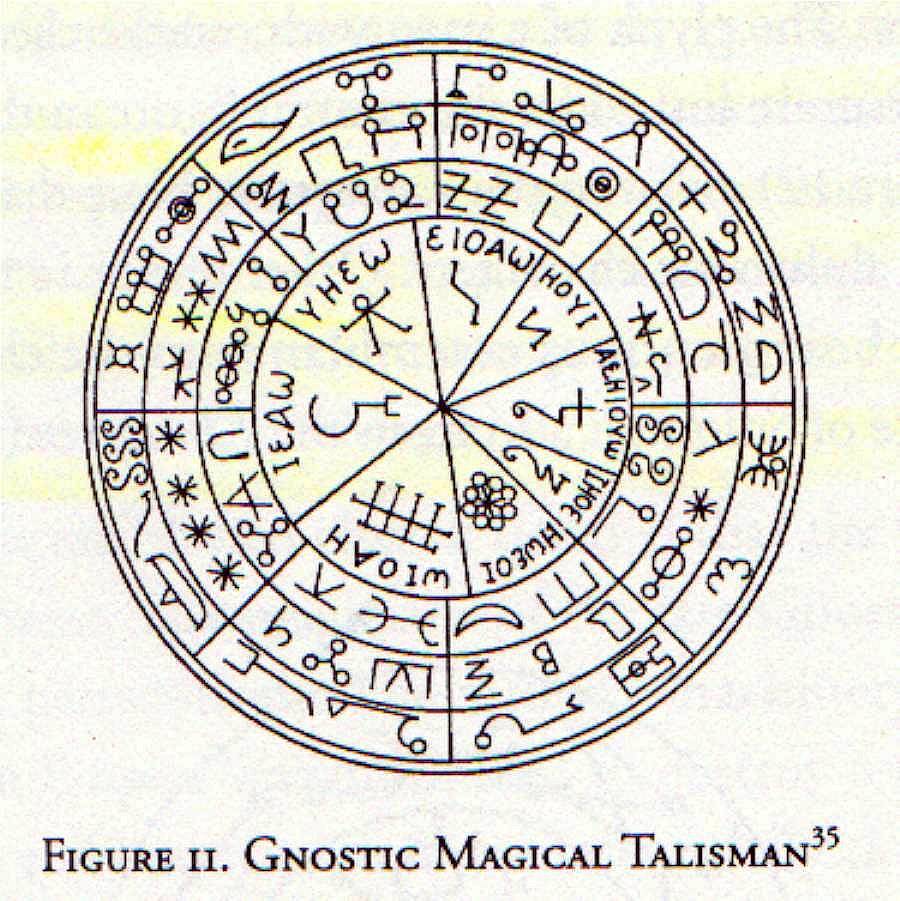― John C. Lilly
In a recent experiment regarding pleasurable emotions, an interesting result occurred. When recalling the event (s) that were infused with this emotion , there was an enormous gap between memory and the actual experience that, in reality, did not create the impression of pleasure. There was less actual pleasure being experienced than recalled that was skewed by the previous experiences stored in memory associated with them. In other words, emotions as an imprint had overwritten experience and had created a pathway of predetermined emotional responses. Information stored in memory became a blueprint for new experiences which, in turn, modulated emotions. None of this was apparent to those participating in the experience. What appears to us as discrete phenomenon may not be so, and what is apparent may be equally mislabelled in our experiential behavior. Our apparent coherence may be an overlay for depictions that resist our lack of awareness of them, and yet define uncertainty as a strange hieroglyphics that define the undefinable. From within this matrix of using metaphors to pin down relationships that are not directly observable ( in this case agential relations) we have a “something” that seeps through the cracks of this foundational insistence in portraying the unobservable as surely as hydraulic pressure forces groundwater into a dank basement.
We term this seepage the anomalous.
"The point is that, even before modern technology, something had to be done about the innate split between consciousness and the rest of the mind, because the unaided consciousness would always wreck human relations. Because the unaided consciousness must always combine the wisdom of the dove with the harmlessness of the serpent.
And I will tell you what they did in the old Stone Age to deal with that split.
Religion is what they did.
It’s that simple, and religion is whatever they could devise to beat into man the fact that most of him (and, analogously, most of his society and the ecosystem around him) was systemic in nature and imperceptible to his consciousness.
This included dreams and trances, intoxication, castration, rituals, human sacrifices, myths of all sorts, invocations of death, art, poetry, music and so on.
And of course, they did not and could not really say or know clearly what it was they were doing or why. And, often, it did not work.’
“What pattern connects the crab to the lobster, and the orchid to the primrose and all four of them to me? And me to you?…The pattern which connects is a metapattern. It is a pattern of patterns.”
- Gregory Bateson (Mind and Nature)
This global model of discrete operations based on the superimposition of imagination toward nature appears to be waning and so when we use labels such as “ghost” of “UFO” we could say that none of them are discrete and none exists outside of the relationships that created them. All manifestations of all phenomenon could be viewed as transient bridges between A and B. That includes this writer, a hummingbird, a cloud, or a crystalline rock formation.
Taking a simple example of a bridge, we look at a tree as a bridge between earth, air and water as well as the other phenomenon it creates, and the tree no longer appears as a discrete objectifcation. All of these bridges are both transient and yet follow a pattern according to their adaptation to other transient phenomena such as their local environment.
A tree in Africa differs from a tree in Canada but they are both trees.
According to the theory of agential realism, the world is made up of phenomena, which are "the ontological inseparability of intra-acting agencies". Intra-action, a neologism introduced by Barad, signals an important challenge to individualist metaphysics. For Barad, things or objects do not precede their interaction, rather, 'objects' emerge through particular intra-actions.
Can we apply this to the paranormal, the anomalous?
A central topic of systems theory is self-regulating systems, i.e. systems self-correcting through feedback. Self-regulating systems are found in nature, including the physiological systems of our body, in local and global ecosystems, and in climate—and now the energetic expression of information in physics.
The differentiation of language using identifiers is also a programming language and we live using this bridge as a form of genetically psychism wherein memory also serves as a bridge.
Religion is what they did.
It’s that simple, and religion is whatever they could devise to beat into man the fact that most of him (and, analogously, most of his society and the ecosystem around him) was systemic in nature and imperceptible to his consciousness.
This included dreams and trances, intoxication, castration, rituals, human sacrifices, myths of all sorts, invocations of death, art, poetry, music and so on.
And of course, they did not and could not really say or know clearly what it was they were doing or why. And, often, it did not work.’
“What pattern connects the crab to the lobster, and the orchid to the primrose and all four of them to me? And me to you?…The pattern which connects is a metapattern. It is a pattern of patterns.”
- Gregory Bateson (Mind and Nature)
This global model of discrete operations based on the superimposition of imagination toward nature appears to be waning and so when we use labels such as “ghost” of “UFO” we could say that none of them are discrete and none exists outside of the relationships that created them. All manifestations of all phenomenon could be viewed as transient bridges between A and B. That includes this writer, a hummingbird, a cloud, or a crystalline rock formation.
Taking a simple example of a bridge, we look at a tree as a bridge between earth, air and water as well as the other phenomenon it creates, and the tree no longer appears as a discrete objectifcation. All of these bridges are both transient and yet follow a pattern according to their adaptation to other transient phenomena such as their local environment.
A tree in Africa differs from a tree in Canada but they are both trees.
According to the theory of agential realism, the world is made up of phenomena, which are "the ontological inseparability of intra-acting agencies". Intra-action, a neologism introduced by Barad, signals an important challenge to individualist metaphysics. For Barad, things or objects do not precede their interaction, rather, 'objects' emerge through particular intra-actions.
Can we apply this to the paranormal, the anomalous?
A central topic of systems theory is self-regulating systems, i.e. systems self-correcting through feedback. Self-regulating systems are found in nature, including the physiological systems of our body, in local and global ecosystems, and in climate—and now the energetic expression of information in physics.
The differentiation of language using identifiers is also a programming language and we live using this bridge as a form of genetically psychism wherein memory also serves as a bridge.
One could nearly envision all physicality as a representation of a neural network wherein the synapses that serve as conduits for energy make their initial contact as similarly in the human brain as being capable of being in more than one state before a connection is made, and in our case this connection could be a tree or a UFO. Where this information is transposed in local terms makes all the difference in it’s manner of self organisation adapted to the local environment as a bridge.
What we term personality as a identifier of Self may be a local adaptation of a larger system in agenital operating systems. In other words, below the discrete misnomer of Bruce versus Bob, there is a networked information system that is a transience in a larger sense that based on the feedback it creates, as a global mind that creates it’s own bridges such as a “ghost” or a UFO” which are in essence, the metaphors of bridges between states.
We can see the results of thought but not see thought itself we can see a tree as discrete whereas it is not so and we can imagine coherence in transience as an overlay of fixed referents …….but the universe we inhabit lies hidden in contradiction to our metaphors which surfaces as anomalies against exactly what you might ask? A universe that creates bridges between our discrete objectifications of it’s expressions.



No comments:
Post a Comment